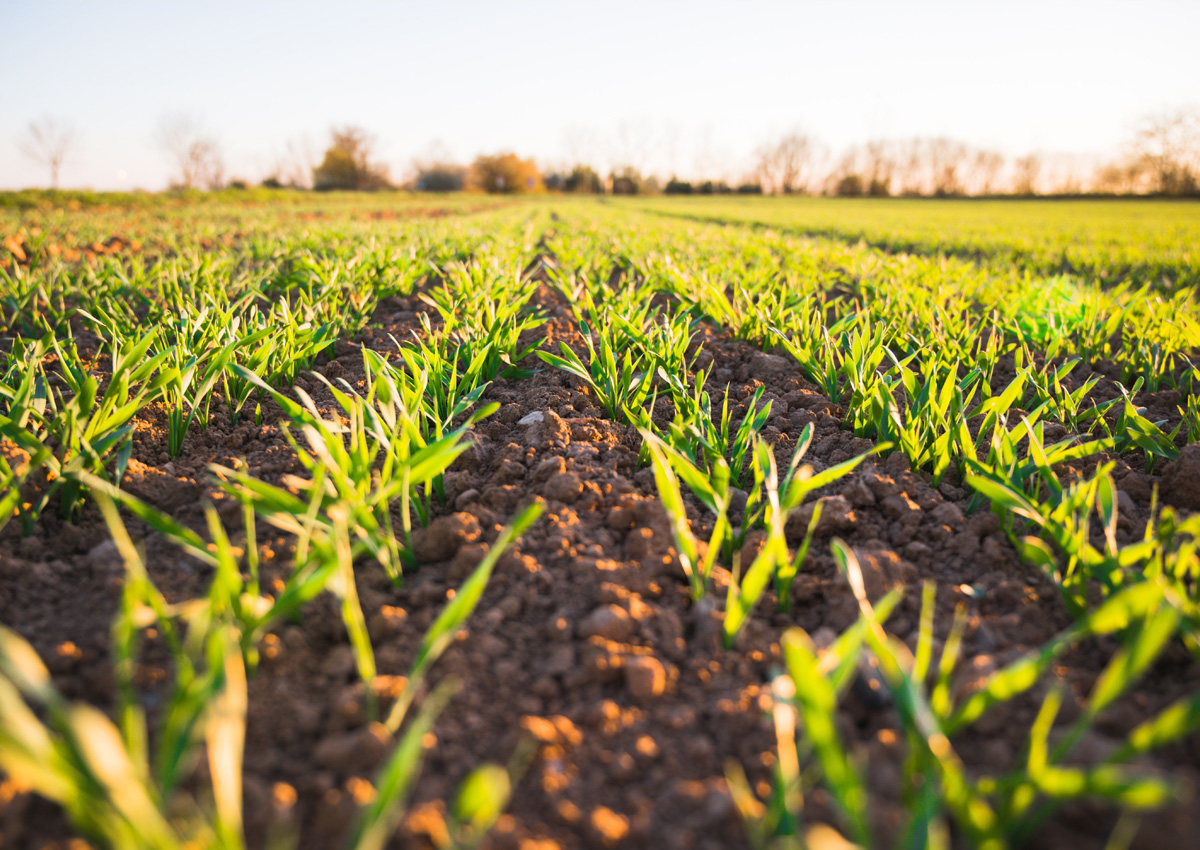
Gene Drive Technology May Have Potential Applications in Agriculture
February 22, 2023| |
Gene drive technology is a genetic phenomenon occurring in nature and causing an identified trait to spread through a species through sexual reproduction over several generations, with an inheritance rate higher than the Mendelian rate of 50%. While gene drives have been used for public health and conservation, the approach could also be used in other species that reproduce sexually in short generation times, including agricultural pests.
The negative impact of weeds and pests on important crops has prompted increasing interest in using genetic techniques, including gene drive, to control these organisms. Controlling insect pests in agricultural production has been done using pesticides, and these tools have contributed to improvements in reducing food loss and waste. Ongoing research using new tools to help protect crops and minimize agriculture's environmental footprint looks at a wide range of tools and practices, including those that would leverage gene editing techniques.
Researchers are now in the early stages of exploring gene-drive-based strategies to help reduce agricultural pests. These strategies are focused on controlling pests that damage or compete with crops or carry disease. Gene drive could also be used to spread desired crop and livestock traits faster than traditional breeding. However, this option is limited because gene drives cannot alter asexually reproducing organisms, such as plants grown for food, and are unsuitable for species with long generation times. Determining the best tool to solve the issue at hand is the first step. Gene drive approaches may or may not meet these needs and requirements, and a case-by-case assessment would help determine if it is a helpful tool to investigate.
For more details, download this Fact Sheet from the Outreach Network for Gene Drive Research.
| |
You might also like:
- What are the Different Types of Gene Drive?
- Gene Drive: The Technology and its Potentials for Biodiversity Conservation
- What is Gene Drive?
Biotech Updates is a weekly newsletter of ISAAA, a not-for-profit organization. It is distributed for free to over 22,000 subscribers worldwide to inform them about the key developments in biosciences, especially in biotechnology. Your support will help us in our mission to feed the world with knowledge. You can help by donating as little as $10.
-
See more articles:
-
Gene Drive Supplement (February 22, 2023)
- TED-Ed Video Tackles Ethical Dilemmas of Eradicating Mosquitoes
- Study: No One-size-Fits-All Representation of Trust in Science and Scientists
- Can Gene Drive Help Control Invasive Species Like Rats?
- Gene Drive Technology May Have Potential Applications in Agriculture
- Community Engagement Vital to Malaria Elimination Efforts
-
Read the latest: - Biotech Updates (May 2, 2024)
- Gene Editing Supplement (April 24, 2024)
- Gene Drive Supplement (February 22, 2023)
-
Subscribe to BU: - Share
- &url=https://www.isaaa.org/kc/cropbiotechupdate/article/default.asp?ID=20056" target="_blank" class="tweetbutton button100"> Tweet

